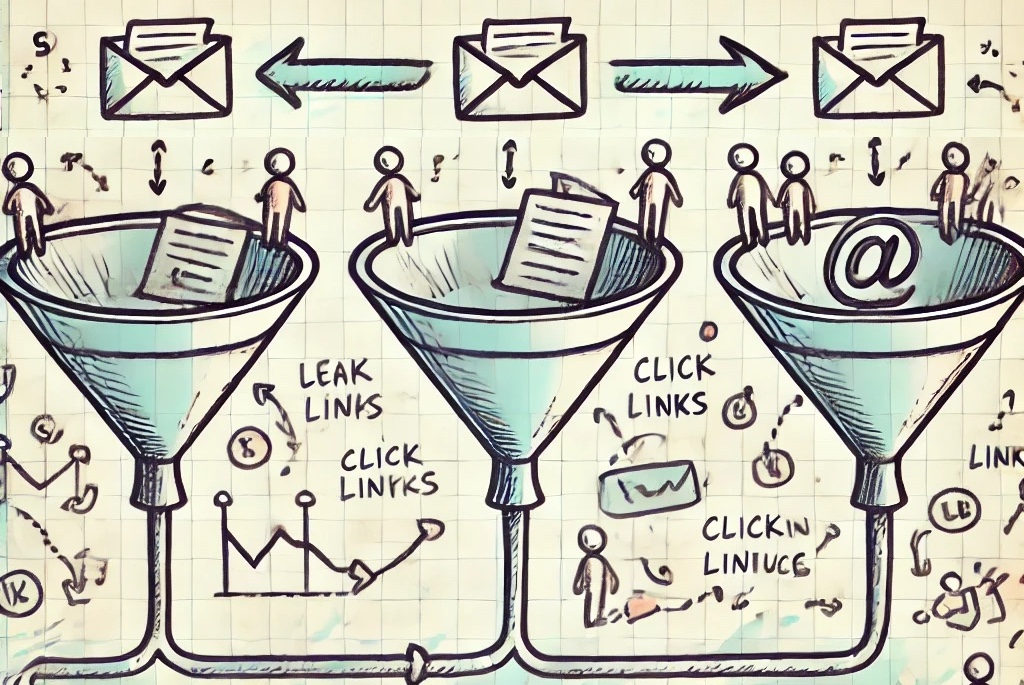Did you know that email marketing delivers an impressive ROI of 4,200%? That means for every dollar spent, businesses can earn $42 on average. For small businesses, email marketing is a cost-effective and powerful tool that can drive sales, enhance customer relationships, and boost brand awareness.
Key Benefits of Email Marketing for Small Businesses
1. Cost-Effective Marketing with High ROI
Unlike traditional advertising methods, email marketing requires minimal investment. With affordable email marketing platforms and automation tools, small businesses can reach their audience without breaking the bank. Given its high return on investment, email marketing remains one of the most effective digital marketing strategies.
2. Direct and Personalized Customer Engagement
Email marketing allows businesses to build strong relationships with their audience by delivering personalized messages. By segmenting email lists based on customer behavior, preferences, and demographics, small businesses can create targeted campaigns that resonate with their audience.
3. Boosts Customer Retention and Loyalty
Regular email communication keeps customers engaged with your brand. From welcome emails to exclusive discounts and loyalty rewards, email marketing fosters long-term customer relationships, encouraging repeat purchases and brand advocacy.
4. Automation Saves Time and Enhances Efficiency
With automation tools, small businesses can streamline their email campaigns. Features like drip campaigns triggered emails, and scheduled newsletters ensure that the right message reaches the right customer at the right time without manual effort.
5. Measurable Results for Continuous Improvement
Email marketing platforms provide valuable insights into open rates, click-through rates, and conversion rates. By analyzing this data, small businesses can optimize their email strategies, refine their messaging, and improve engagement.
Actionable Strategies for Successful Email Marketing
1. Build and Segment Your Email List
Instead of purchasing email lists (which can harm your brand reputation), focus on growing your list organically through website sign-ups, lead magnets, and social media promotions. Segmenting your list allows you to send personalized messages that cater to different customer needs.
2. Craft Compelling Subject Lines
Your subject line is the first impression of your email. Make it short, engaging, and relevant to encourage recipients to open your message. A/B testing can help identify what works best for your audience.
3. Leverage Email Automation
Automated email sequences can nurture leads and improve customer experience. Set up welcome emails, abandoned cart reminders, and post-purchase follow-ups to keep your audience engaged without constant manual effort.
4. Optimize for Mobile Devices
With over 50% of emails being opened on mobile devices, it’s crucial to ensure your emails are mobile-friendly. Use responsive designs, short paragraphs, and clear CTAs for a seamless mobile experience.
5. Provide Value with High-Quality Content
Don’t just sell—educate and engage your audience. Share helpful tips, industry news, and exclusive offers that keep subscribers interested in your emails.
Common Mistakes to Avoid
1. Buying Email Lists
Using purchased lists can lead to low engagement, spam complaints, and potential legal issues. Instead, build a quality list with subscribers genuinely interested in your brand.
2. Sending Generic or Irrelevant Emails
Personalization is key. Avoid sending the same message to your entire list—use segmentation to tailor content based on customer behavior and preferences.
3. Ignoring Email Design and Formatting
Poorly formatted emails with broken links, large images, or unresponsive designs can drive subscribers away. Always test emails before sending them out.
4. Neglecting Email Analytics
Tracking performance metrics helps refine your email marketing strategy. Regularly analyze open rates, CTRs, and conversions to understand what works and make necessary improvements.
5. Overloading Subscribers with Too Many Emails
Sending emails too frequently can lead to unsubscribes. Instead, establish a balanced schedule that keeps your audience engaged without overwhelming them.
Here are the top 3 leaders and 3 newcomers in the field.
- Mailchimp – A beginner-friendly platform with automation, templates, and analytics.
- Constant Contact – Great for small businesses with easy-to-use tools and integrations.
- HubSpot – A powerful all-in-one marketing platform with email marketing, CRM, and automation.
- ConvertKit – Best for creators and bloggers with powerful automation features.
- ActiveCampaign – Advanced automation and CRM tools for businesses.
- GetResponse – Offers email marketing, automation, and even webinar hosting.
Start Leveraging Email Marketing Today!
Email marketing is an invaluable tool for small businesses, offering high ROI, direct customer engagement, and automation capabilities. By implementing the right strategies and avoiding common pitfalls, small business owners can build successful email campaigns that drive growth. Start optimizing your email marketing efforts today with WDT and watch your business thrive!

